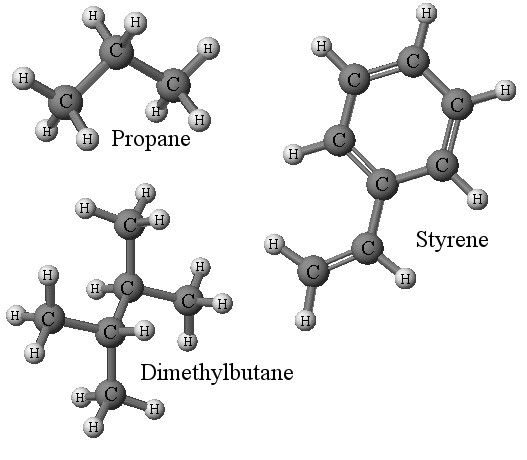
|
Main Topics > The Beginnings of Life > Early Theories
Back at least to the time of Aristotle in ancient Greece, men of science used to believe in the spontaneous generation of life from non-living matter. Aristotle laid it down as an observed fact that some animals spring from putrid matter, that lice arise from the dew which falls on plants, that fleas developed out of decayed material, that mice come from sweat or dirty hay, crocodiles from rotting logs, etc. Even Robert Hooke and Anthony van Leeuwenhoek’s discoveries of micro-organisms in the mid-17th Century were taken as further proof for spontaneous generation, and it was not until 1861 that Louis Pasteur’s experiments showed that organisms such as bacteria and fungi do not appear of their own accord in sterile nutrient-rich media, and support for biogenesis and rudimentary cell theory began to grow. However, this still did not address the question of how primitive life had arisen in the first place.
“Organic” is a label which refers to chemical compounds whose molecules contain carbon, but it is traditionally used to designate that part of chemistry which deals with compounds made by living organisms. The synthesis of urea (a compound considered organic by virtue of its known occurrence only in the urine of living organisms) from potassium cyanate and ammonium sulfate by Friedrich Wöhler in 1828 is often hailed as the first proof that organic synthesis does not require some mysterious special “vis vitalis” (or “vital force”) and sounded the death knell for the ancient doctrine of vitalism. In 1871, Charles Darwin was bold enough to suggest, in a letter to Joseph Hooker, that the original spark of life could be conceived to have begun in (in his words) a “warm little pond, with all sorts of ammonia and phosphoric salts, light, heat, electricity, etc. present, so that a protein compound was chemically formed ready to undergo still more complex changes”. He added that “at the present day such matter would be instantly absorbed, which would not have been the case before living creatures were found”. This is the only place in all of Darwin's public and private writings where he even speculated about the initial stage of life, and his main purpose in suggesting this hypothetical scenario was mainly to refute the argument put forward by some that, if life could indeed form spontaneously, then we should see it happening today too.
The Russian biochemist Alexander Oparin was one of the pioneers, in the 1920s and 1930s, of biochemical theories of how life originated on Earth. He hypothesized that life began in the oceans of the early Earth, between 3.9 and 3.5 billion years ago, and that the first, simple organic molecules containing carbon formed as energy from the Sun, lightning and Earth's internal heat triggered chemical reactions to produce small organic molecules from substances present in the atmosphere. These molecules were organized by chance into the complex organic molecules (such as proteins, carbohydrates and nucleic acids) that are the basis of life. Oparin stressed that there was no fundamental difference between a living organism and lifeless matter, and that a “primeval soup” of organic molecules could be created in an oxygen-less atmosphere through the action of sunlight. He proposed that, although the spontaneous generation of life had in fact occurred once, it would be impossible now because the conditions found in the early Earth had changed (notably the existence of atmospheric oxygen, which prevents the synthesis of the organic molecules that are the necessary building blocks for the evolution of life). Around the same time as Oparin, the British biologist J. B. S. Haldane suggested that the earth's pre-biotic oceans (very different from their modern counterparts) would have formed a “hot dilute soup” in which organic compounds, the building blocks of life, could have formed. Haldane was responsible for the well-known quote (often attributed to Arthur Eddington, who made several very similar observations in later years) that "the universe is not only queerer than we suppose, but queerer than we can suppose". Most currently accepted models draw at least some elements from the framework laid out by Oparin and Haldane.
|
Back to Top of Page
Introduction | Main Topics | Important Dates and Discoveries | Important Scientists | Cosmological Theories | The Universe By Numbers | Glossary of Terms | A few random facts | Blog | Gravitational Lensing Animation | Angular Momentum Calculator | Big Bang Timeline
NASA Apps - iOS | Android
The articles on this site are © 2009-.
If you quote this material please be courteous and provide a link.
Citations | Sources | Privacy Policy

